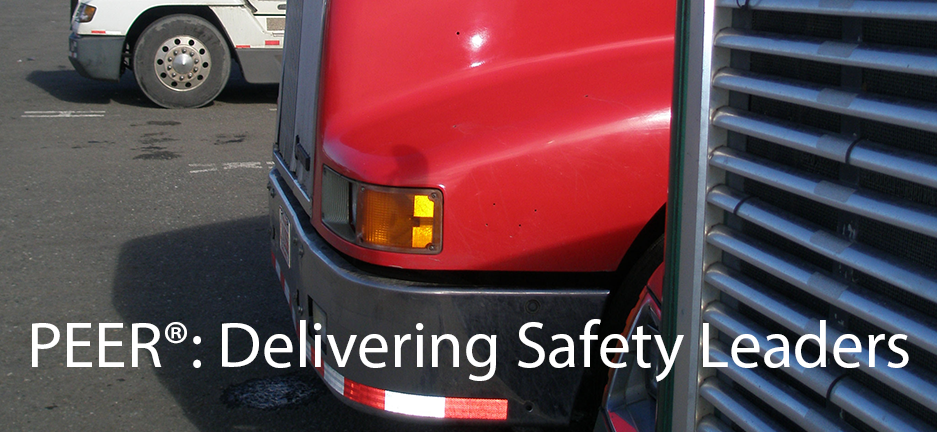Described by a major client as a 'Game Changer', the following provides more detail about PEER® safety software.
Why did BSMS develop PEER®?
Answer: After 20 years of Behavior-Based Safety experience, the initial idea came from working with clients to capture observation and discussion data to enhance their safety leadership processes. In 2007 we worked with SHELL on the Corrib project in Ireland, where we used paper cards and an excel spreadsheet. Later, we worked for EPCOR in Canada, who suggested we develop the software to make the whole process more efficient by removing the need for paper and pencil cards, and handing them in for data-entry. They wanted their people to enter the data directly into the software to reduce the time, money and effort involved. By the end of 2009, using in-house programmers, PEER® safety software was born.
How has PEER® evolved?
Answer: Our first version, using the PEER® card containing common behavior and discussion categories was used by Petrochemical, Oil & Gas, and Metal Refining in the Middle-East and elsewhere. Based on client feedback, significant upgrades were made over the next couple of years.
· In 2013 BSMS incorporated the causes and correlates of Serious Injuries and Fatalities (SIFs) into the PEER® card.
· In 2015 we added the means to monitor the main types of Human Error (Failures in Planning, Failures in Execution and Behavioral Choices) as Root Causes.
· In 2016 we developed PEER® to also cater for both traditional BBS process checklists that encompass specific senior, middle and front-line management behaviors, people’s safety behaviors, audit questions and inspection criteria, as well as the normal PEER® card.
Industries adopting PEER now include Construction, Manufacturing, Pharmaceuticals, Shipping and Utilities, As we go forward, BSMS is keen to ensure PEER® harnesses new safety thinking to help ensure companies can reach and maintain zero incidents.

